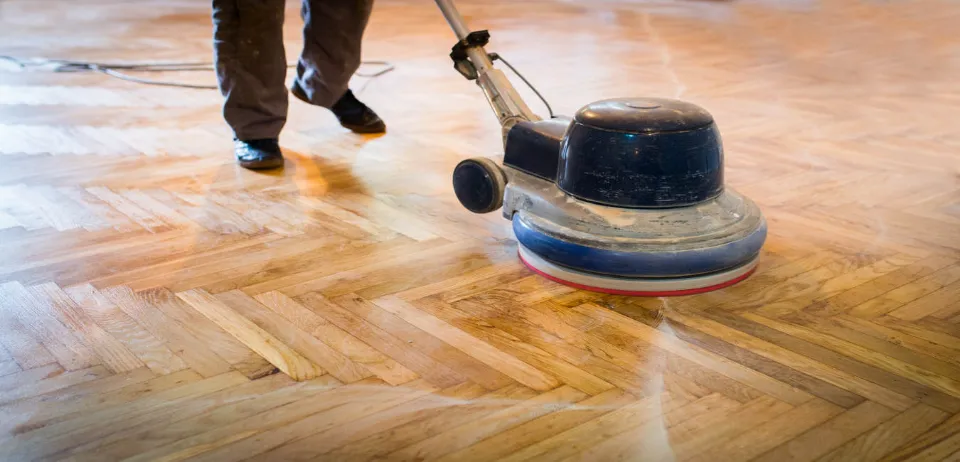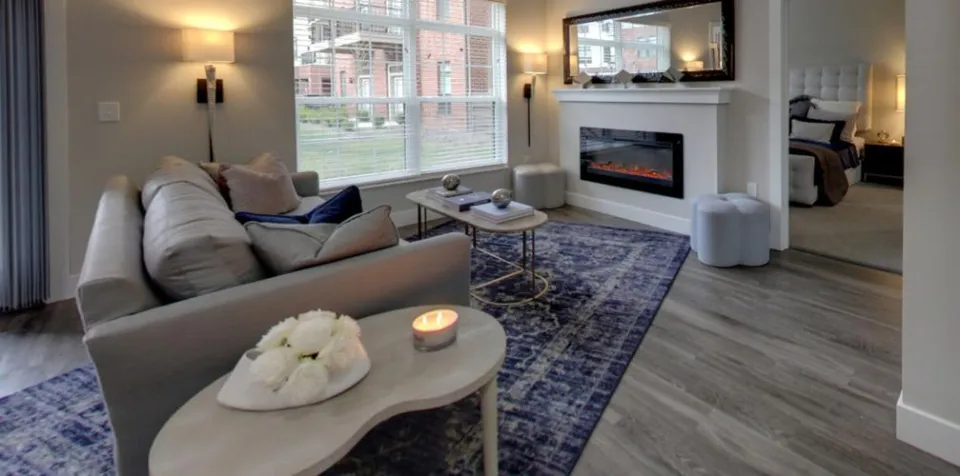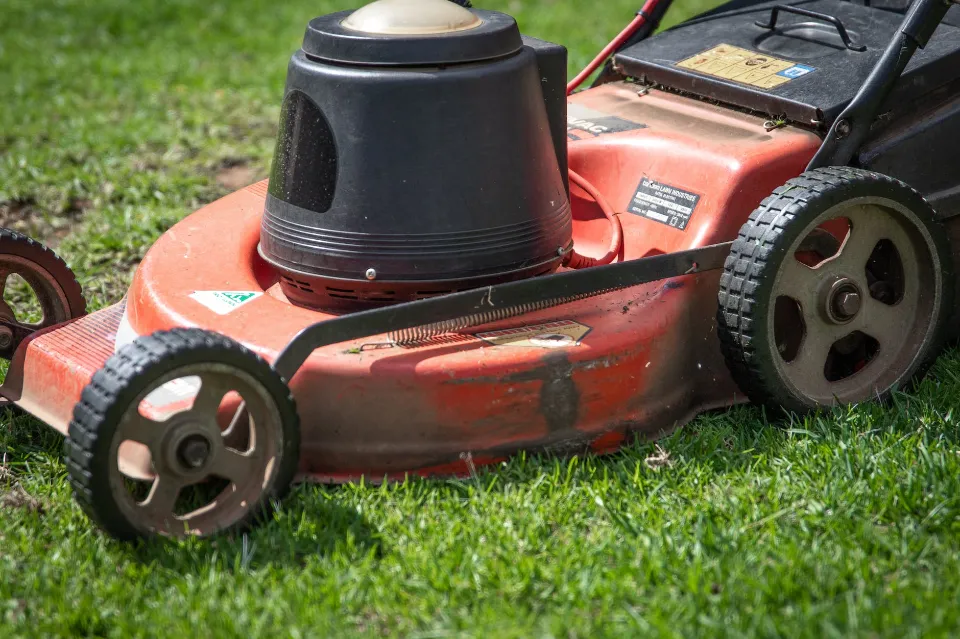Despite being one of the more durable types of flooring, hardwood surfaces can still become damaged by a few things.
When buffing hardwood flooring, start in the room’s corner farthest from the door and move across the back of the space from left to right.
Fortunately, that can be fixed. Not all of your floors need to be refinished. To restore the new appearance of your floors, simply buff out the scratches. Here is a quick tutorial on floor buffing.
How to Wax Hardwood Floors?
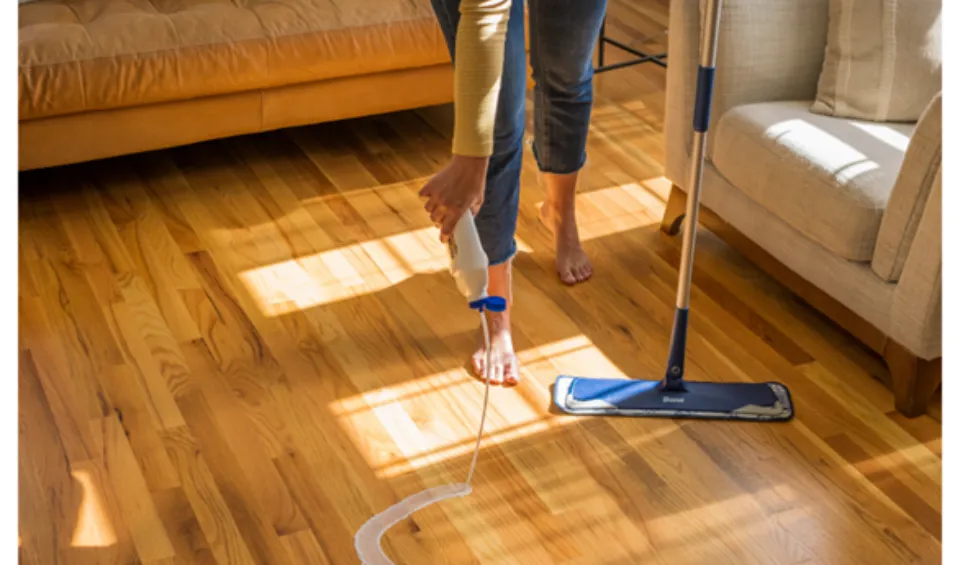
Hardwood floors that have not been varnished or finished with no wax or urethane should not be treated with paste wax. Waxing hardwood floors is a straightforward but time-consuming process, much like waxing a car.
In order to apply floor wax, dampen a dry, lint-free cotton cloth. As directed on the wax packaging, apply the wax to the hardwood floor lightly and uniformly. It’s also possible to use liquid wax. Prior to applying wax, certain floors might need to be sanded.
Read More: Hardwood Vs. Engineered Wood Flooring
How to Buff a Hardwood Floor?
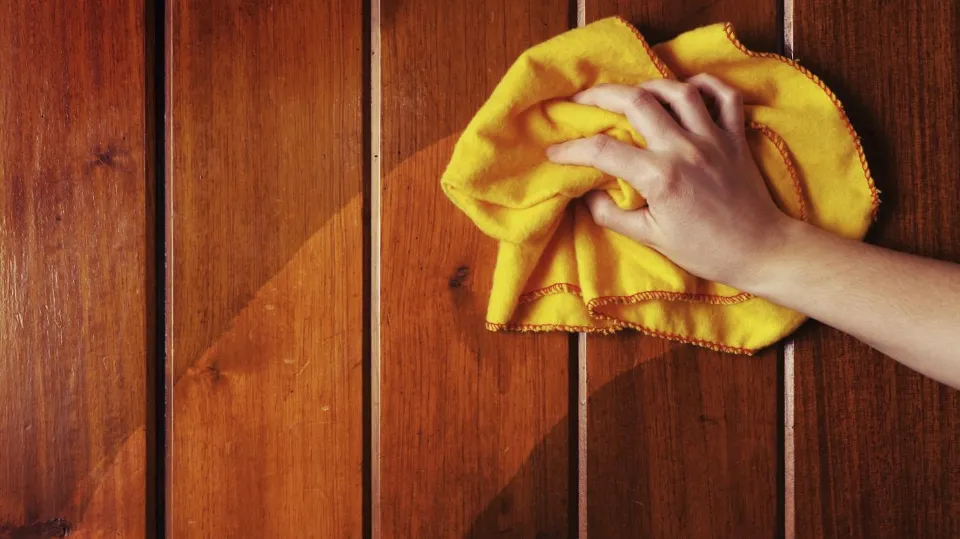
Hardwood floors can be hand-buffed, but an electric buffing machine rental might be more convenient. To help create a barrier against moisture, dust, and dirt, a buffing machine works wax into the hardwood. To install the buffing pad, follow the instructions that come with the buffing machine.
Start in the farthest corner of the room from the door and work your way across the back of the room from left to right to buff the hardwood flooring. Work slowly and carefully at all times while using two hands to hold the buffing machine. In order to work the wax into the surface, buff in a clockwise motion while moving the buffer from left to right.
Depending on the size of the room, you might need to pause and check the buffing pad, replacing it if necessary. You’ll probably need to return and manually buff the areas (corners and such) where the buffer didn’t reach after finishing the entire room.
Read More: How to Repair Hardwood Flooring
How to Polish Hardwood Floors?
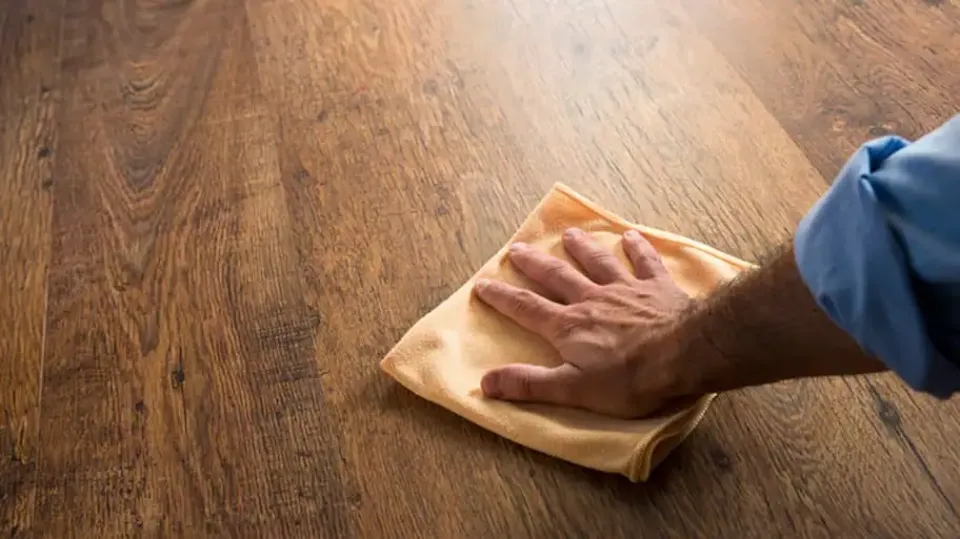
Following waxing and buffing, polishing a hardwood floor aids in regaining its sheen. Never coat a waxed hardwood floor with a urethane finish for shine. Back to the polishing cloth and buffing machine to achieve a glossy sheen. Attach a polishing cloth to the machine for buffing, then repeat the process to give the floor the desired shine.
When Should a Buff and Coat Be Done?
Many people believe that once the finish has begun to erode, it is still possible.
Unfortunately, your floors are already past the point where they can be screened and recoated if they reach this stage. Before the finish is too thin or worn through and wear and damage are visible, this procedure needs to be carried out.
A good illustration is the floor below.
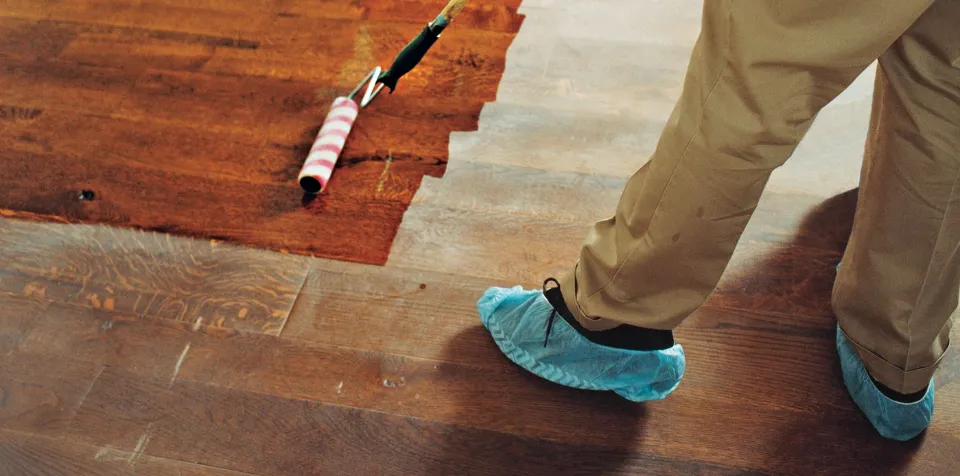
Look for the grey patches where the finish has worn away. Moreover, it has excessively deep scratches. (The drum marks left behind by the poor sanding job won’t even be mentioned.) A buff and coat are definitely not appropriate.
Well in advance of this point, you should screen and recoat your floors.
It resembles applying sunblock.
As the sun’s protective layer dwindles throughout the day, sunblock should be reapplied both before and after your skin is exposed to the sun. It’s too late to do anything about it if you let it deteriorate and become sunburned. The damage to your skin is already done, regardless of how much sunblock you apply later.
Your hardwood floors function in a similar manner.
In your home, high-traffic areas like kitchens, foyers, hallways, under chair legs, and high-traffic flow areas around furniture are what you should be on the lookout for.
Consider applying a second coat of finish to these areas once you notice wear and tear there. This will provide you with additional protection.
Depending on how much traffic your floor receives, the average time between replacements is three to five years.
Conclusion
Hardwood floor scratches can be removed with either sanding or buffing, but you must select the proper method for the particular scratches. Your timber’s surface may have a shallow scratch, but if so, it’s likely that the varnish, wax, or polish on the surface is unaffected. Such scratches frequently disappear with a simple buffing, leaving your floor looking brand new. However, you won’t be able to remove it without sanding back the timber’s surface if the scratch is deeper and penetrates the wood itself. This is a fantastic DIY project if you enjoy home improvement.
FAQs
Can I Just Buff My Hardwood Floors?
Your hardwood may not maintain the desired appearance over time. Fortunately, that can be fixed. You don’t have to completely refinish your floor. To restore the new appearance of your floors, simply buff out the scratches.
How Do I Get My Hardwood Floors to Shine Again?
After mopping your floors, polishing them is a simple way to hide micro scratches and bring out the sheen of wood floors. Apply polish to wood floors to add shine after dusting and spray mopping with a designated microfiber mop pad. Every time you use Bona floor polish, you add protection and shine.
How Do You Buff Hardwood Floors Without Sanding?
Without having to sand a hardwood floor, you can easily and effectively restore its shine by buffing it with a buffer. Before you start buffing, make sure that every area is dry.

